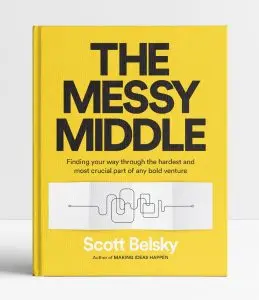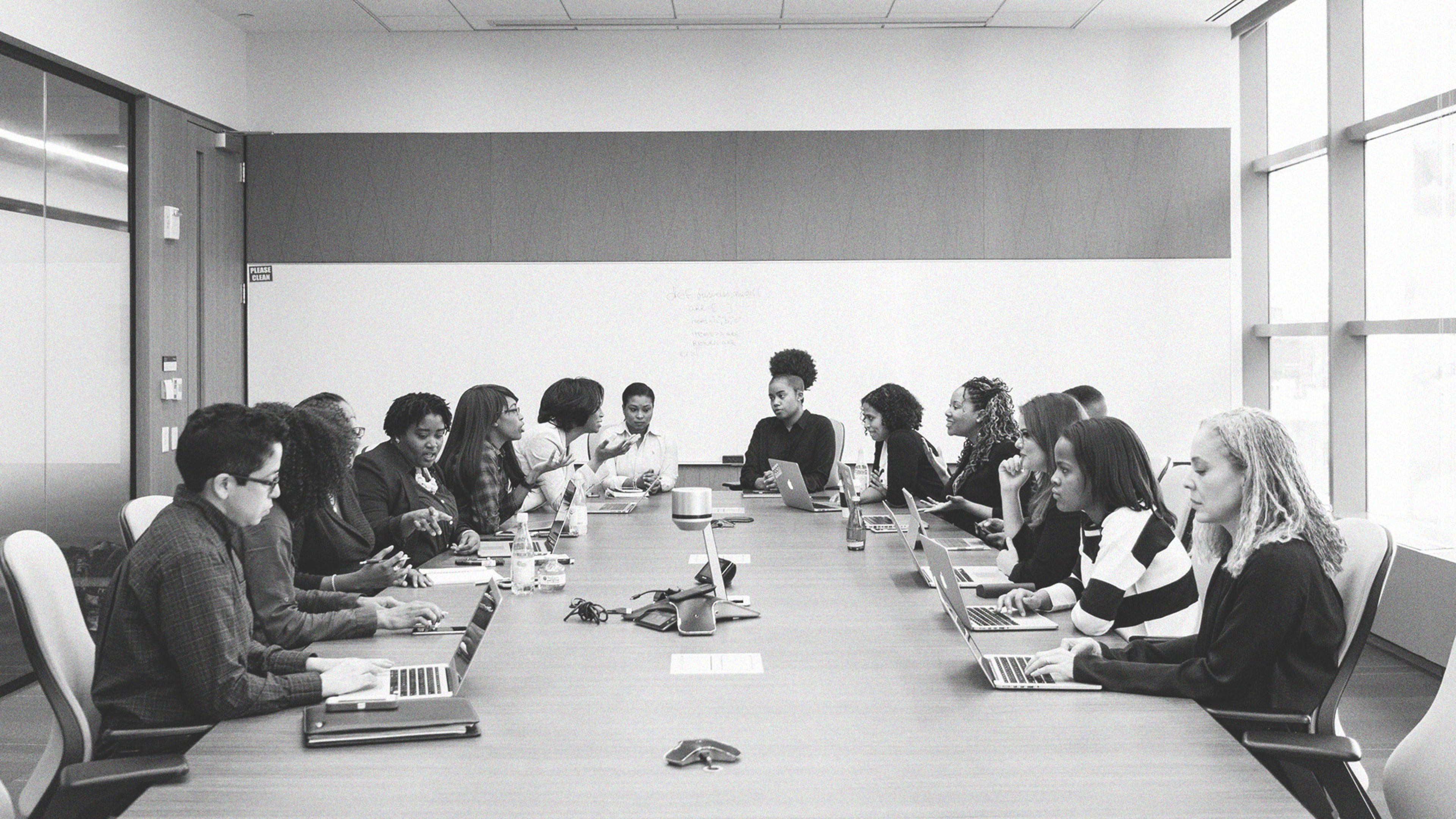People get comfortable with where they sit, what projects they work on, and what teams they are responsible for. For leaders, no‑drama days where everyone does their thing without any complaints or conflict feel great–so they assume that a calm, hassle-free existence is the one that produces the best work. As a result, they optimize for a steady state, where there are no surprises and people do as they’re told.
But comfort breeds complacency. As learning curves plateau, we lose interest in learning for the sake of learning, and our curiosity wanes. We stay engaged as we attempt to master something that interests us, but we start to disengage as soon as we gain control over tasks and our interest dissipates. On the other hand, when we experience periodic disruptions, we’re constantly exposed to new perspectives, which helps us stay fresh and alert. To build (and maintain) a strong team, you need to to keep shaking things up.
Most people aren’t motivated to do the same job forever
As a young manager, I viewed my job as keeping people engaged with their respective responsibilities. But I eventually realized that careers can’t sit stagnant–people want to see opportunities ahead of them, even when they’re comfortable with where they’re currently standing. If you don’t give them that opportunity–or at least challenge them to step up to it–you lose the upward mobility of junior people who are waiting for promotions and new possibilities, and your senior staff will get bored and start looking for new jobs.
Despite knowing all this, I was devastated when we had the first couple of departures from our core Behance team about two years after our acquisition by Adobe. At first, I felt abandoned: I couldn’t imagine how we would plug certain holes in our team and culture. But as soon as I saw emerging leaders step up and make some positive changes, I realized that I had underestimated the talent that existed in our team. The vacancy empowered new people to step into roles both they and I hadn’t thought they had the capacity to fill. If this hadn’t happened (which I didn’t want it to at the time), we wouldn’t have evolved into a better team.
People get better when they’re constantly challenged
Giving people promotions is one way to push people out of their comfort zones, but there are other things you can do to encourage your employees to grow. For example, General Electric is known for their rotational programs that move leaders in the turbine business to the lighting business. The programs are designed to spread best practices across business units and develop leadership capability, but it also serves the purpose of retaining key talent. Other companies assign “stretch assignments,” which are special projects that take someone out of their expertise, like exploring a new business opportunity or region. These assignments expose team members to other parts of the company or industry and help retain them by presenting new challenges and steepening their learning curve.
Introducing small changes can have a significant impact
Teams benefit from changes to their environment and processes. As you observe your coworkers and glance around your office, look for the things that were once exciting but have now become commonplace. Are there outdated charts on the wall that once monitored progress? Take them down and redo them. Are certain regular meetings or rituals now taken for granted? Switch up the format. Have little cliques formed based on where people sit? Move desks around.

It’s crucial to have a sense of community in the workplace, but if your staff becomes too comfortable socializing only in small groups, you lose the opportunity for cross-collaboration and overall team building that comes from chance meetings. In order to promote this, consider redoing seating assignments every nine to 12 months (or, in a larger company, every few years). Sitting next to new people in a different part of the office is an easy way to prompt new relationships and perspectives and keep things fresh.
Change is painful and especially unwelcome when there is nothing dire to fix. But what you must realize–and relay to your team–is that proactive changes that feel premature are far better than reactive changes that feel inflicted upon you. As my friend Tim Ferriss once said, “The more voluntary suffering you build into your life, the less involuntary suffering will affect your life.”
Your challenge is to develop a healthy rhythm to keep your team in a constant state of motion. If you don’t shake up life every now and then, life will shake it up for you. Too much calm exacerbates any disruption, so building up your and your team’s tolerance for change is a positive long-term strategy for increasing tenacity.
This article is adapted from The Messy Middle by Scott Belsky. It is reprinted with permission by Portfolio, an imprint of Penguin Publishing Group, a division of Penguin Random House, LLC. Copyright © 2018 by Scott Belsky.
Recognize your brand’s excellence by applying to this year’s Brands That Matter Awards before the early-rate deadline, May 3.
